One of the lessons that I did early on the year was my own take on the Library of Congress' Connecting with Primary Sources activity.
| connecting-with-primary-sources.pdf |
| map_activity_demo.pdf |
| map_psa.pdf |
| map_activity.pdf |
| map_activity_2.pdf |
| map_activity_3.pdf |
| map_activity_categories.pdf |
Overall, I really liked this activity and really like the idea of doing something like this as a way to either pre-assess student knowledge at the start of a unit or to use as a post assessment. It's much more informational for me than a multiple choice assessment.
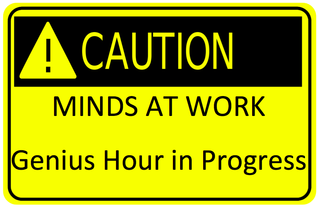

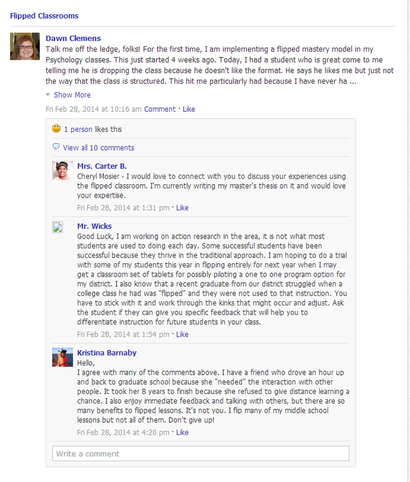


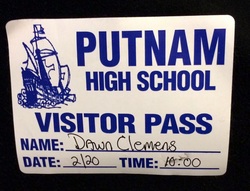

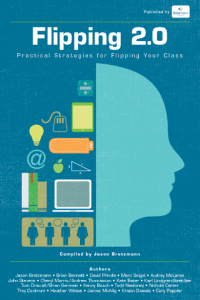
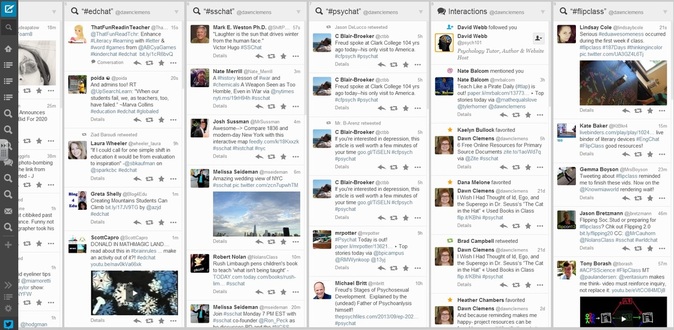
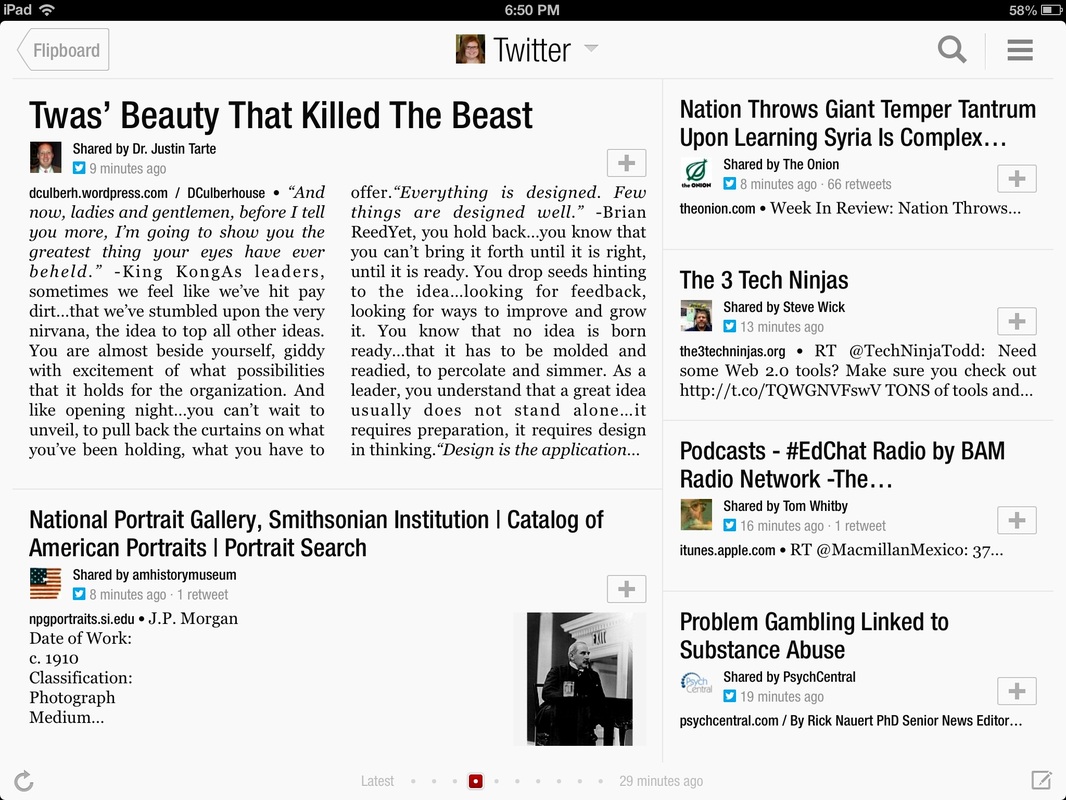
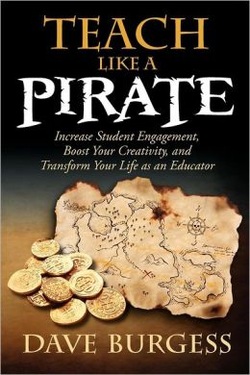
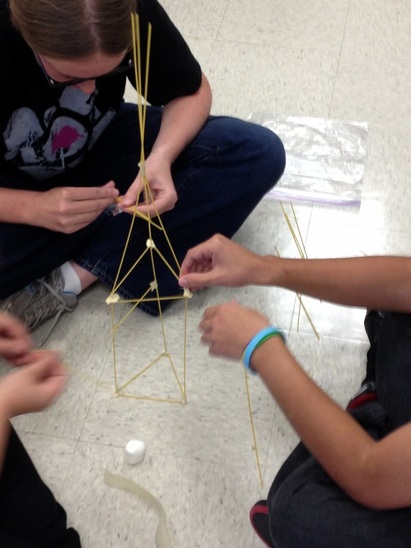
 RSS Feed
RSS Feed


